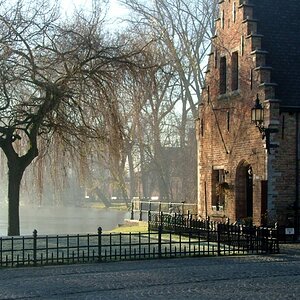http://i122.photobucket.com/albums/o255/RonAriba/7MasterBedroom.jpg
http://i122.photobucket.com/albums/o255/RonAriba/14Basement.jpg
I have a Fujifilm E510 5.2 Mega Pixels. How can I improve my interior pictures when you have to shoot into the daylight? I turn all the lights on and shoot without flash. Will the pictures improve if I set the white light exposure? Any suggestions are greatly appreciated.
Ron
http://i122.photobucket.com/albums/o255/RonAriba/14Basement.jpg
I have a Fujifilm E510 5.2 Mega Pixels. How can I improve my interior pictures when you have to shoot into the daylight? I turn all the lights on and shoot without flash. Will the pictures improve if I set the white light exposure? Any suggestions are greatly appreciated.
Ron


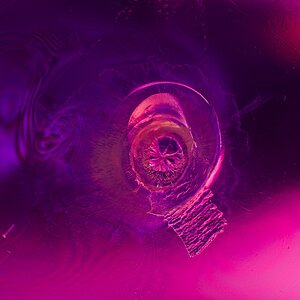


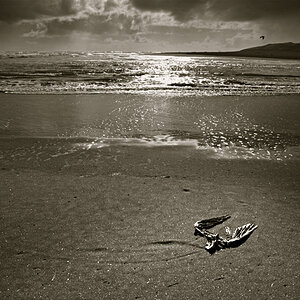
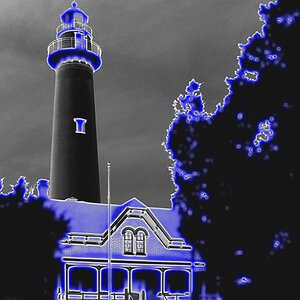
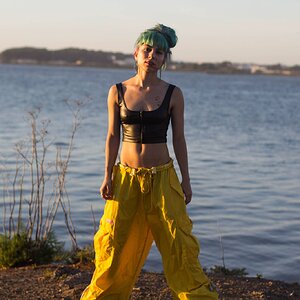
![[No title]](/data/xfmg/thumbnail/42/42472-9229a7111196e5db141ab82c04a4ba48.jpg?1619740193)
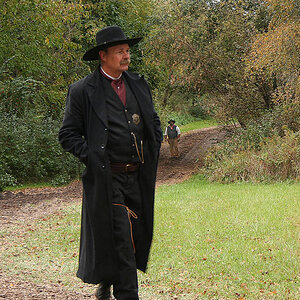

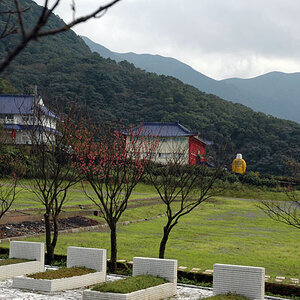
![[No title]](/data/xfmg/thumbnail/42/42470-d80cbcbbacb42bbe46ac0a0f6fcb20e0.jpg?1619740193)
